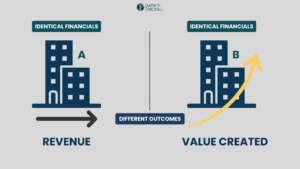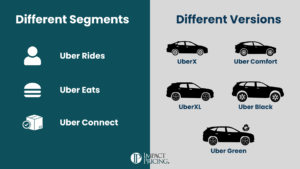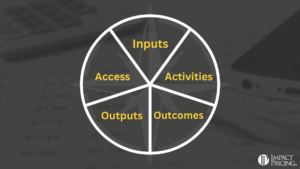The pricing traditions of software and hardware companies have been set for sometime. The main pricing-related difference between hardware and software is the incremental cost to produce an additional unit. Software has almost zero incremental cost, whereas hardware has a real cost to build each unit. These hardware costs include materials, labor, logistics, and so on.
A fantastic “pricing” technique software companies use is to build their product as a combination of features where these features can be turned on and off with software flags. This allows them to easily create full featured and less featured versions of their product. Hence, the can sell a full-featured version at a high price while simultaneously selling less-featured versions to customers with lower willingness to pay. To make it even better, they then offer upgrades to those customers who bought lesser versions. When the buyer upgrades, the company can easily ‘switch on’ the remaining features of the product.
Conversely, most hardware companies don’t do this. Rather, they tend to build an entirely different version of their product for different price points. For example, Apple created three different versions of their iPhone 12: 64 GB, 128 GB, and 256 GB. Each version is different based on the amount of memory capacity of the phone.
One hardware company is breaking this mold: Tesla. When you buy a Model S, it is configured the same way as every other Model S (except for the amount of battery).
One of the optional features of the Model S is to enable the car accelerate from 0 to 60 mph in 2.8 seconds. Without this mode engaged, your car will take 3.5 seconds to reach 60 mph.
Taking a note from software companies, Tesla ships every Model S with this hardware installed, but not enabled. If you do want access to it, you only have to pay a few thousand dollars (on top of your car price). Tesla can turn the capability on at any time through their software. In total, Tesla has over $20,000 worth of possible upgrades for your Model S, all enabled by software.
Imagine if all iPhone 12’s had 256 GB of memory installed, but when you bought a 32 GB-priced version they only enabled you to have 64 GB. Then, if you were running out of memory, you could purchase the upgrade from Apple. I doubt this would be more profitable for Apple, but from the users perspective it would be awesome.
Over to you: if you’re a hardware supplier, how can you apply this concept? Many hardware products have software or firmware attached to them. And in this age of IoT, many products are accessible on the cloud. What capabilities could you turn on/off using software? How many more customers could you win by using this technique? The opportunities for you may be endless.















